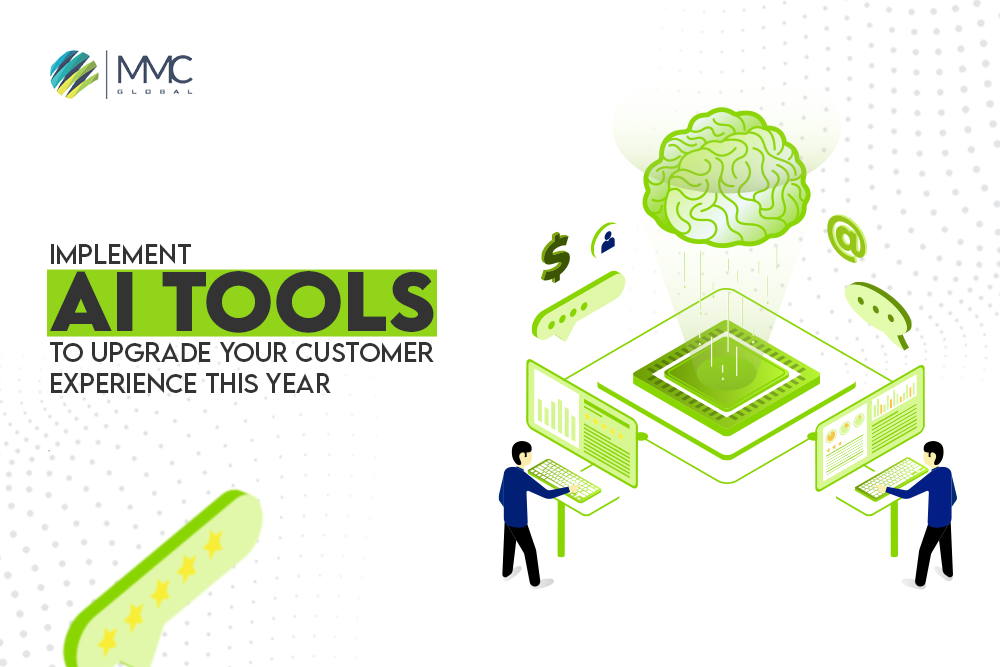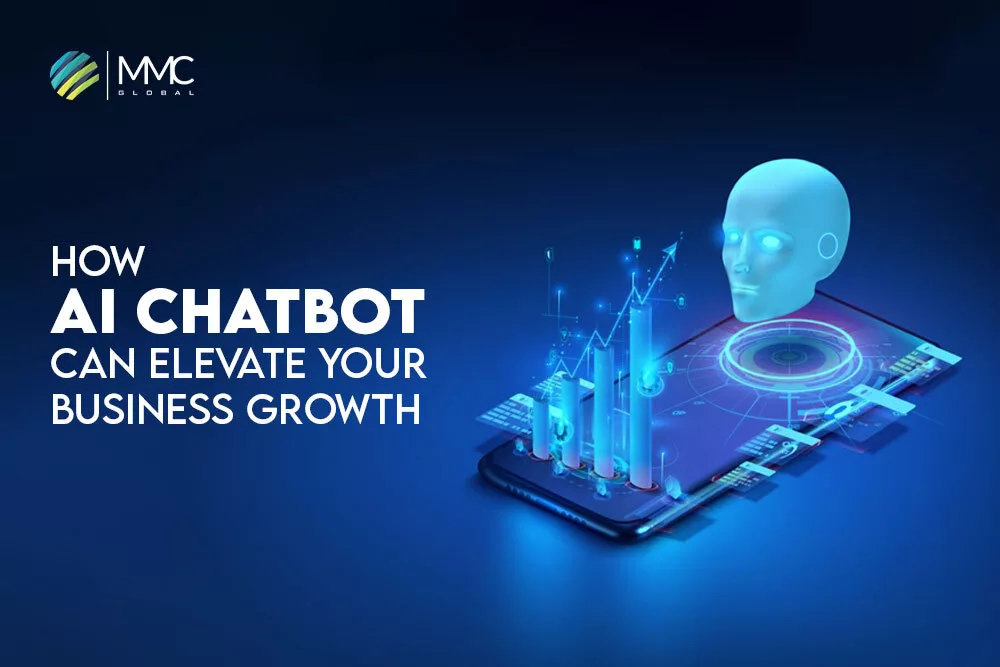The evolution of Artificial Intelligence technology is drastically hitting the hike, and people can’t get over this startling technology. Artificial Intelligence or AI is worth creating hype as it makes routine tasks easier, helps make the right decision at the right time, forecasts upcoming events, and much more to help businesses run more adequately. Similarly, RPA or robotic process automation is another level of technology, but people often get confused or pinch-hit by artificial intelligence technology.
RPA and AI are two different technologies but have a lot of resemblances that make people puzzled. However, they can make a good combo and create a better solution to minimize workload and increase efficiency. The tech persons better understand AI technology and RPA infusion chemistry and are now highly for almost every industry or business.
We will provide this article with excessive knowledge to determine the difference between these technologies and how they can work together. Let’s start from scratch.
What is Artificial Intelligence Technology?
Artificial intelligence technology is a controlled ability of machines that can perform tasks like a human. It allows devices like computers to think. In fact, AI is a broad spectrum technology with various subsets under its umbrella, including machine learning, big data, NLP, robotic neural networks, deep learning, etc.
What is Robotic Process Automation or RPA?
RPA is a robotic software, highly affected for performing repetitive tasks and workflows to process business routine operations. Furthermore, it works on structured data and is only viable for the same task. RPA is more about consistently and efficiently performing the same task without getting bored or frustrated. The continuity and reputation of the task do not make RPA more knowledgeable, but yes, it will get efficient only in that task. For example, cleaning the unwanted data via RPA-based software.

RPA & AI Technology – What’s the difference?
- Although there are many things common in both, a few differences make them two different technologies. RPA is viable for structured data, whereas artificial intelligence technology can work for semi-structured and structured data.
- The main focus of RPA is associated with doings, whereas AI technology relies on thinking and learning approaches to give a human touch. RPA is more indulgent in completing tasks that he is already trained for. It does not have the ability to compile user actions and act accordingly.
- RPA is surrounded by a process-centric approach in which they perform monotonous, rule-based tasks. By utilizing structured data, RPA executes workflows to perform the exact process initially built into the robotic software. On the other hand, AI processes on a data-centric approach that includes semi or structured data by utilizing the algorithm of machine learning and NLP.
How Artificial Intelligence Technology And RPA Can Work Together?
RPA is an ordinary rule-based software that can not handle complex scenarios. Some people think it is a physical robot, but it is nothing like that. However, AI is a more efficient and advanced technology that helps perform more cognitive tasks. Artificial intelligence technology makes human interaction more optimized and realistic by enabling users its abilities, such as real-time decision-making, forecasting, identification, and more.
By merging this technology, you can create robust AI-enabled solutions that contain robotic and AI powers. The integration of Artificial Intelligence technology into RPA makes a huge difference in various attributes.
AI-based Decision-making With RPA
The ability of AI to make decisions based on Machine learning algorithms can integrate with the RPA system. It enhances the ability to forecast that ultimately controls and governs complex situations.
Natural Language Understanding (NLU) in RPA
The infusion of NLP in RPA bots enhances human-like interaction and communication. It encourages RPS bots to handle queries and take action on user (human) commands.
Cognitive Automation
The association of RPS and AI can help increase cognitive skills such as sentimental analysis, image recognition, and, most importantly, understanding unstructured data.
Intelligence Process Automation
IPA is the fastest evolving technology that can help business forecast sales, pattern recognition, predictive modeling, in-depth insight analysis, etc.
How MMC Global Builds an AI-enabled Product With RPA
With extensive knowledge of RPA and Artificial Intelligence technology, we have been engaged in building AI products with AI techniques and algorithms. From building chatbots to creating other AI tools and solutions, our developers maximize the use of widespread Artificial Intelligence technology, including Machine Learning, Big data, NLP, etc.
Moreover, our recent discovery encourages us to build full-fledged integrated solutions that maximize accessibility to AI tools. We create a product that consists of multiple AI tools or solutions that can work simultaneously within one platform according to your business needs.
In fact, the progress of building software based on image generation is highly captivating. We strive with marketing trends and competition and always ensure client satisfaction. Moreover, gathering customer requirements, scraping out multiple options, deciding one best of them, and starting work on your project make our project delivery possible and fulfill the client’s needs.
A General Process To Incorporate AI Tools in a Single Product
Building a product incorporating multiple AI-enabled tools like ChatGPT, Grammarly, and a chatbot involves software development, integration, and deployment. Here’s a general overview of the process:
Define the Product
Clearly define the purpose as well as the functionality of your product. Identify the specific AI tools you want to incorporate, such as a chatbot.
Plan the Architecture
Determine the overall architecture of your product, considering how the different tools will interact and function together. Decide whether to build the product from scratch or leverage existing APIs and services.
Gather Requirements
Identify the specific features and requirements for each AI tool. For example, determine the type of chatbot interactions, the desired level of grammar checking, and the chatGPT functionality you want to integrate.
Acquire AI Tools
Obtain the necessary tools and technologies to implement the desired functionality. It also may involve researching and selecting the appropriate libraries, APIs, or services for each tool.
Develop the Backend
Create the backend infrastructure and logic to handle the integration of the AI tools. Moreover, it consists of setting up servers, databases, and APIs necessary to communicate with the tools.
Integrate AI Tools
Integrate each AI tool into the product by connecting the appropriate APIs and services. It configures the tools, sets up authentication, and establishes communication channels.
Design User Interface
Develop an intuitive and user-friendly interface to interact with AI-powered features. It also includes designing screens, dialogs, and input/output formats for different AI tools.
Implement Frontend
Build the frontend components of your product, including the user interface and user interactions. Ensure the UI connects seamlessly with the backend and provides a smooth user experience.
Test and Refine
Thoroughly test the product to identify and fix any bugs or issues. Test the AI tools’ accuracy, performance, and integration. Collect user feedback and iterate on the product to improve its functionality.
Deploy and Monitor
Prepare the product for deployment to your chosen platform or infrastructure. Set up monitoring and analytics to track the performance and usage of the AI tools. Continuously monitor and improve the product based on user feedback and data analysis.
Read more: 7 Top-Notch Industries Using Artificial Intelligence Technology (AI)
Are You Ready to Implement AI in your business?
If you want to build modernized products efficiently, you are in the right place. We own professional developers, extensive resources, and expertise to take over your next projects. Let’s come to the ground and start investing in AI because it’s the key to your future.



